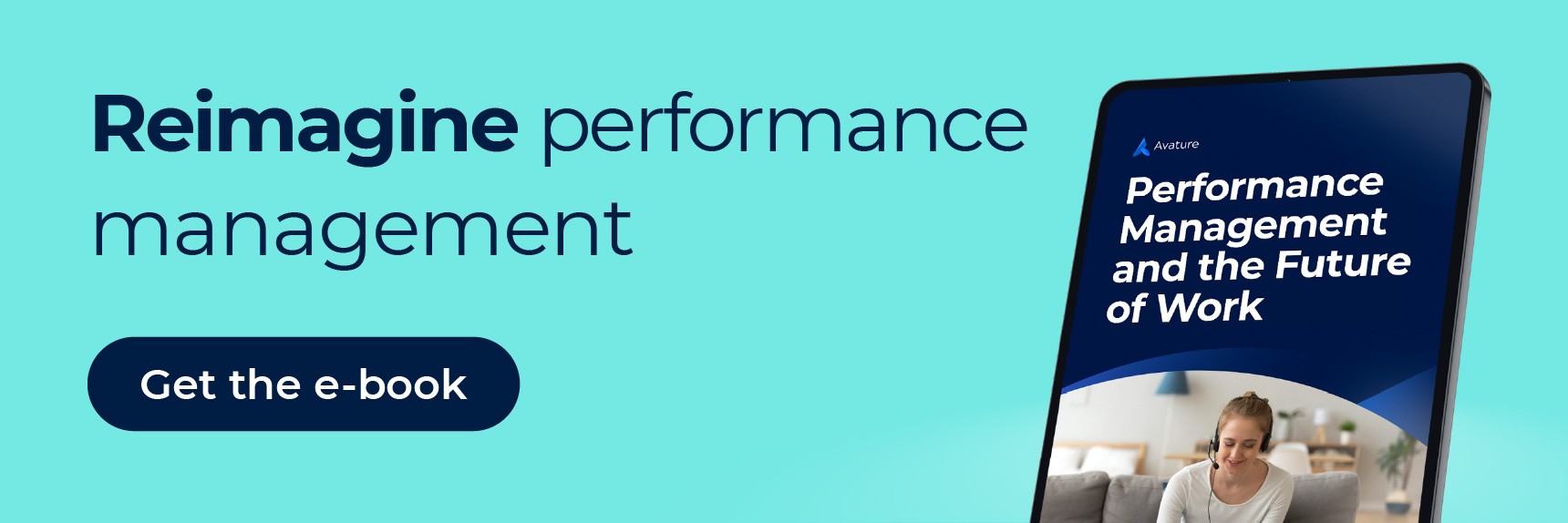For most organizations, some of the main issues they’re focusing on are around employee retention and engagement. With many looking to redesign talent processes, there’s been a renewed focus on a crucial factor that has existed in the margins until now: people.
Recent reports have shown that employees who are thriving are twice as likely to say they feel listened to and engaged in discussions on the future of work. In this context, organizations are shifting towards a more people-centric approach that uncovers the voice of their workforce.
While organizations have been busy implementing a broad variety of employee engagement initiatives (e.g., smartwatches, counseling, yoga, etc.), a lot can be gained by tuning into your workforce and analyzing the employee experience, rather than just adding new elements.
Let’s look at how technology can help companies drive employee engagement and well-being.
Open Doors for Employee Engagement and Well-being with Learning & Development
Employees want to seize opportunities. Curating an employee experience that promotes professional growth can engage your workforce and give them more agency to define how their careers can evolve.
With many organizations pivoting to remote work policies, there’s a lost interaction that happens among work-from-home-employees. This is why, when looking into engaging learning experiences, it’s important to implement technology that can enable the workforce to share know-how that might otherwise go undocumented.
This type of social learning experience can be a great way to foster a culture of continuous learning and engage both employees and HR teams in the process. By creating a learning and development plan that contributes to employee upskilling, you’re giving your workforce a vote of confidence and an actionable path forward.
Tied into the learning and development plan is an internal talent marketplace, where employees can see what other roles or projects are available and how and where their professional career path can grow.
Such was the case with L’Oréal, where 50 percent of employees expressed they wanted more visibility into career opportunities within the organization. With the help of Avature, they managed to launch an internal mobility platform across 70 countries, and now 75 percent of positions posted are filled by L’Oréal employees.
However, it goes beyond internal opportunities for top-tier talent. The objective is to make internal mobility more accessible for the entire workforce. The most engaging programs offer opportunities to all employees, enriching their experience and delivering value and benefit to the organization.
Remember: if the door doesn’t budge, they’ll look for a place where it’s wide open.
Start Conversations that Drive Employee Engagement
Actively listening to better understand how your employees feel about their job and your organization, their expectations and what they think is missing, and then acting effectively on these insights can be one of the best ways to enhance the overall employee experience.
Surveys are a powerful tool that gives your workforce a voice and say in the organization. And this employee feedback is incredibly valuable in identifying opportunities for improvement, as well as assessing the success of initiatives that have been around for a while. The most straightforward feedback comes from the horses mouth, so if you’re serious about enhancing employee experience, the first step is active listening.
Effective performance management is another critical touchpoint in the quest for employee engagement and well-being. When approached in the right way, it can set the tone for lasting employee and company development through the recognition of achievements and focus on continuous growth.
But data shows that strategies often fall short. In fact, those employees that are dissatisfied with their employer’s approach are in the majority. Performance management shouldn’t be just a sporadic tick-box exercise. Rather, it should be an ongoing and enriching process through which employees can establish career goals and project their professional path.
These conversations can feed into the learning and development plan mentioned above. As well as recognizing their achievements, these exchanges set the narrative for more focused conversations about employee growth and development, showing that the company truly cares.
Future-ready organizations are also able to recognize the value of building strong connections among employees and promoting their well-being. One way to do so can be through a hub, where they can all easily share updates like promotions, photos of their pets and even their favorite hobbies or movies.
An employee engagement hub provides a space for employees to share professional goals and promotes the social interaction that may sometimes be lacking, therefore driving a sense of belonging. As a company, you can also leverage this tool to communicate new company-wide initiatives that may interest employees and be beneficial to their well-being.
Companies like Deutsche Telekom have already leveraged this type of tool, encouraging communication and providing an experience that builds spaces for employees to share content and develop professionally.
As you can see, the equation for employee engagement is simple. Active listening + effective action = satisfied employees. But of course, coming up with the right course of effective action will depend on the unique nature of each organization.
In Conclusion
Companies looking to improve upon employee engagement and well-being should define what their people-centric approach looks like and turn to technology to help deliver the level of personalization required at scale.
Offering your employees a rewarding career, where growth and learning opportunities are always available, allows for a more driven and engaged workforce. However, the best way to ensure the success of any initiative you implement is to speak directly with your employees and act effectively on their feedback. After all, an engaged workforce is a happy workforce, and a happy workforce, well…stays.



